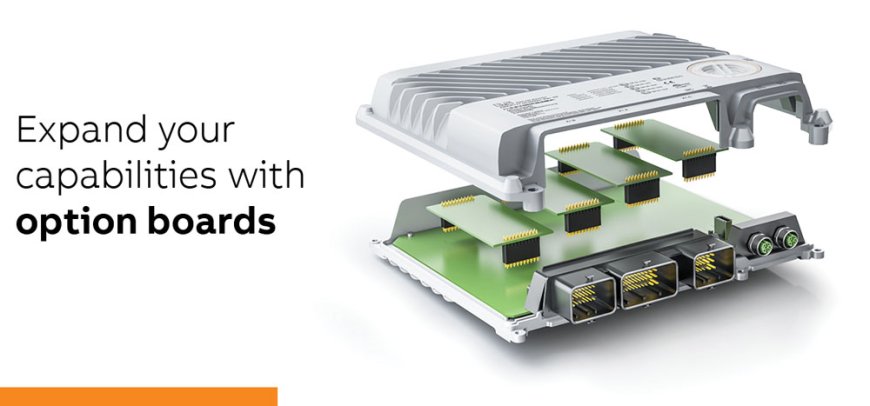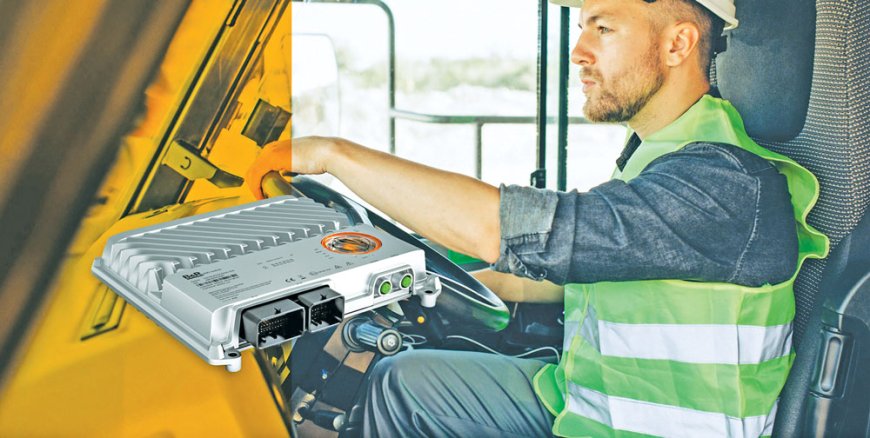B&R has always contributed to bringing in intelligent automation technology addressing new challenges.

Himanshu Sharma
Head – Marketing and Corporate Communication, B&R Automation
How have your automation products contributed to energy efficiency in construction equipment? How your products contribute to energy savings and reduced emissions.
Manufacturers are becoming more automated in their approach to energy efficiency to achieve higher performances. Thus, the current construction vehicles are evolving, manufactures are going towards hybrid or fully electric machines. The demands placed on construction vehicles have evolved dramatically over the years. With new functions being added all the time and requirements for operating efficiency and higher quality is gaining attention, these vehicles need an automation system that is both powerful and scalable. B&R makes it easier to implement automation solutions for construction equipment and vehicles. Manufacturers of construction vehicles face the challenge of implementing intelligent (semi)autonomous machine functions quickly and maintaining them long term. B&R continues to open new possibilities in the automation of mobile machinery with its modular X90 control and I/O system. The system’s comprehensive set of standardized components is perfect for implementing flexible automation concepts. One of the unique features of X90 in the market is the optional board, which can be used to operate two stepper motors with operating voltages from 9 to 48 VDC at nominal currents up to 4 A. The variety of option boards for the X90 makes it easy to connect sensors, transmit diagnostics data or control stepper motors directly. Also, the standby mode of the new X90 CP150 controller keeps even the most complicated equipment prepared for action at the touch of a button. The X90 controller keeps the CPU functioning when the vehicle stops by switching to battery power. It stays prepared to start up quickly for a time that the user specifies. The CPU turns off after the allotted time has passed or a certain minimum voltage is reached to prevent draining the battery.

What future trends do you foresee in automation technologies for green (electric) construction equipment?
The integration of autonomous vehicles and equipment is triggering a major upheaval in the construction industry, which is frequently seen as one of the most conventional sectors. This technology revolution promises to lower costs, increase safety, expedite procedures, manage labour shortages and change how our cities and infrastructure are constructed. Automation arose in response to these challenges, seeking to use the escalating demands for quality, the increasingly stringent safety protocols, the potential for real-time monitoring, technology advancements, and the facilitation of information sharing between building design and operation. With recent policy changes and government laid initiatives, Green (electric) construction equipment is overtaking the age-old vehicles. The market is getting ready with green solutions to meet consumer demands. The idea of sustainable construction is becoming increasingly significant on a worldwide scale as well as in the industry. The convergence of advanced automation and integrated technologies is bringing about rapid change and innovation in the construction industry following Smart Construction guidelines to use technology for remote capabilities, thorough reporting, and reliable data. Autonomous machinery and trucks are poised to bring about a technological revolution in the construction sector. These devices have the potential to revolutionize the way we construct our environment, increase production, lower costs, and improve safety. There are still hurdles, but construction will become more automated, efficient, and sustainable in the future. It will be crucial to adopt these advances if manufacturers want to remain competitive and satisfy the rising expectations of the current world. It’s obvious that things are changing as we move forward, and automation is leading this fascinating change.

Can you share any specific projects or case studies where your green technologies have made a significant impact?
B&R has always contributed to bringing in intelligent automation technology addressing the new challenges. As the energy transition enters a new phase of widespread adoption, new challenges arise every time manufacturers bring out their pilot models in market. The energy industry is responding with a new generation of intelligent solutions and B&R is collaborating with electric vehicle manufacturers working on battery systems that store excess energy and release it when demand is high. Energy storage systems are an essential part of energy infrastructure, crucial for stabilizing the grid and balancing out fluctuations when generating renewable energy. These systems make it possible to ensure that the power is constant and reliable. Key applications include modular, container-based systems, robust back-up systems and advanced charging infrastructures for electric vehicles. These technologies increase the efficiency of the energy supply system and support the integration of renewable energy sources. The Power-2-X systems convert surplus electricity for use in sectors that are hard to electrify directly. Fuel cells provide clean power for vehicles, portable power systems and even grid support using hydrogen produced with renewable energy. B&R is focusing on energy storage systems, stationary and mobile energy storage systems that are crucial components in establishing reliable and resilient energy supply chains. Thus, construction vehicle manufacturers are aligning with B&R to add up in green manufacturing by using technology that compiles in promoting green manufacturing practices. As a leading technology provider B&R solution are UL, DNV and ATEX-compliant and vibration-resistant. The software, which is also developed by B&R can be used flexibly in stationary and mobile systems to ensure reliable and efficient hydrogen-based power generation.








